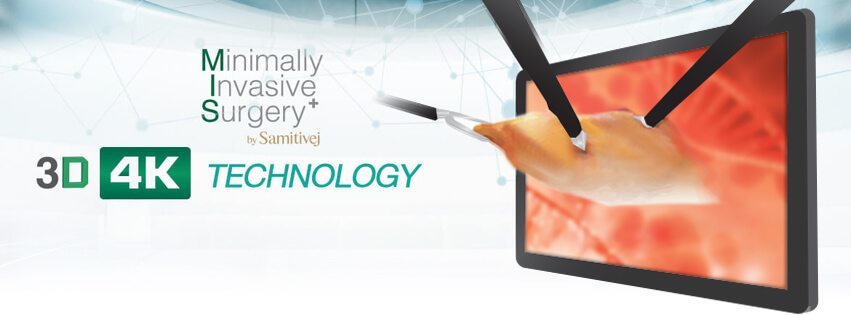Minimally Invasive Surgery (MIS) – an Amazing Surgical Innovation with Remarkable Results
The decision to undergo surgery is always a major one for anyone. When we think of surgery, the pictures that flood our minds tend to be of our bodies being cut open and a surgeon dealing with the organ or body part in question. The reality is that in the medical world of today, there are a number of procedures and cases where major surgery is no longer necessary. Thanks to medical technological advances, the innovative surgical technique known as MIS (Minimal Invasive Surgery) was born. This advanced technique means far smaller incisions and thus less scarring, significantly less pain, and a much faster recovery rate than traditional invasive procedures. However, it’s not only the medical technology alone that makes MIS possible, but also the teams of expert doctors and medical specialists who are relied upon to ensure the safety and success of an MIS procedure.
Nonetheless, MIS still has its limitations. For example, in cases where the patient has a history of lung or heart disease, or if a patient has undergone prior surgery, this particular surgical approach may not be the most appropriate option due to membrane thickness or density. Another factor is the costs for this type of surgery, which are still rather high. Perhaps most importantly, however, MIS requires the skill of doctors who are experts in the field, as the angle and images seen via the camera are different from those seen by the naked eye in a standard surgical operation and thus the surgeon must achieve perfect accuracy in the distance-measuring process in order to ensure a safe, effective and successful procedure.


